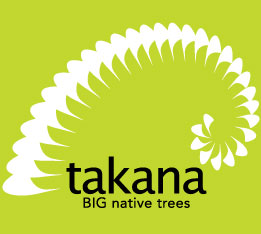The principles of continuous cover forestry
There are four main principles involved in continuous cover forestry management.
Adapting the forest to the site
Working with the site and adapt the forest to the site and its inherent soil and micro climate variations, rather than imposing some form of artificial uniformity. For example a species like kauri (Agathis australis) must be suited to the site with temperatures not falling below about –4°C, reasonably well structured soil, an adequate summer water supply, moderate shade and shelter as a seedling and full light when well established.
Adopt a holistic approach
Instead of concentrating upon the growing of trees for timber the process should be to create, maintain and enhance a functioning ecosystem. Although timber production is one of the main aims, the forest should retain features of the wild forest, which will result in higher values for factors such as biodiversity, landscape protection and soil and water benefits. The over riding objective is Sustainability–to maximise the forest benefits while letting natural processes do as much work as possible.


